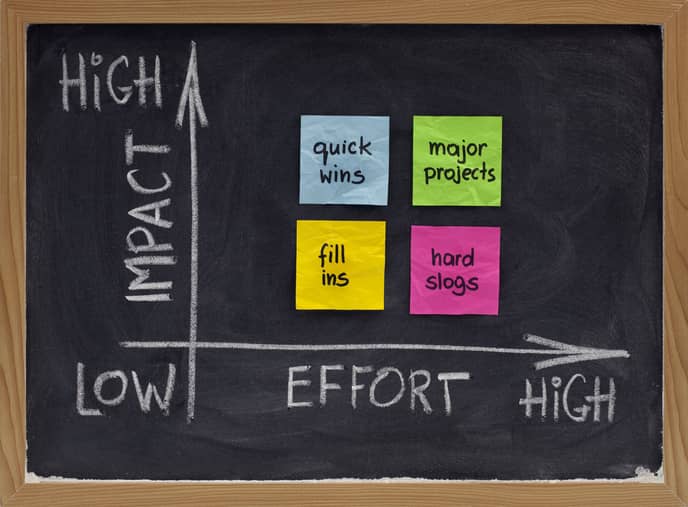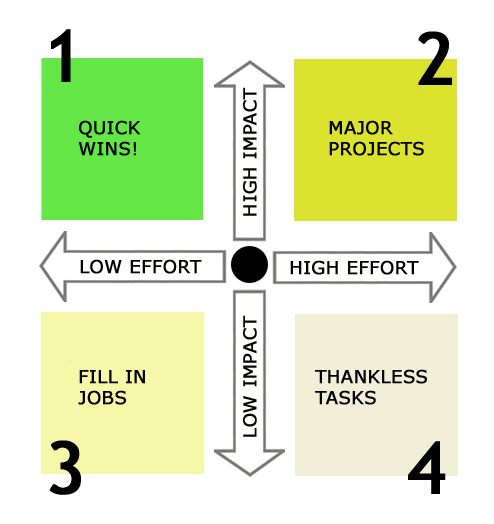Developed as part of the respected Toyota Production System, an A3 is a tool that provides a framework for continuous problem-solving. Project teams use an A3 to identify problems, develop solutions, track the impact of their efforts and make necessary adjustments.
Many use the A3 as part of the Plan-Do-Check-Act cycle. It also helps solve one of the most persistent organizational challenges: a lack of the kind of collaboration that leads to clearly defined goals, a well thought-out strategy and successful implementation.
Toyota Developed the A3 Process
Toyota developed the idea for the A3 as part of its production system. Toyota engineers used an 11-inch by 17-inch piece of paper – called an A3 – for a new problem-solving system.
The relatively small size of the A3 is important. By restricting the process to a single sheet of paper, an A3 keeps teams focused only on essential information. This eliminates time wasted discussing items that are part of the process but of lesser importance.
The A3 provides structure for successful problem-solving, including a focus on determining the root cause of the problem.
How to Fill Out an A3 Form
Developing a successful A3 report requires following a clearly defined path along a series of steps.
Define the Problem
Before starting the process of creating an A3 report, teams agree on what challenge the project will address.
Current Conditions
Using value stream mapping, teams walk through each step of a process and develop an understanding of the current state of the operation. This can also involve observing the process firsthand. This step should include taking detailed notes, creating illustrations and adding whatever other information is necessary to get a firm grasp on the current operation.
Cause Analysis
The current conditions step gives teams a clear picture of where things stand, allowing them to now focus on what is causing the problem. This is determined through the Lean concept of root-cause analysis, including the technique called The Five Whys.
Create Countermeasures
Keeping in mind to focus clearly on the problem at hand, teams create countermeasures that target the root cause uncovered in the previous step. These countermeasures should include all tasks for each person involved with the countermeasures. It also includes a plan to eliminate any delays or workarounds related to the problem. The team also should be able to clearly articulate the desired state the countermeasures are meant to achieve.
Implement Plan
Each countermeasure is implemented and the results tracked and updated on the A3. This includes accomplishment of the tasks involved and the outcomes achieved.
Follow-Up
Teams can take the results recorded from implementation of the countermeasures and determine what did and did not help the team achieve the desired state. They can compare data from implementation of countermeasures to the data compiled in the “current condition” step.
Get Approval
Before making any changes permanent, teams should first consult with stakeholders in the operation to confirm the impact of the countermeasures. They also must get approval from leadership before making the changes permanent.
Standardize
Countermeasures that led to desired goals should become standardized as part of the operation going forward. For those that did not achieve the desired results, team can either eliminate them or alter them. Every team decision is driven by the data.
The A3 provides a focused, fast method for problem-solving teams to put into play. As with all successful Lean tools and techniques, the simplicity of the approach is part of what makes it so powerful.



